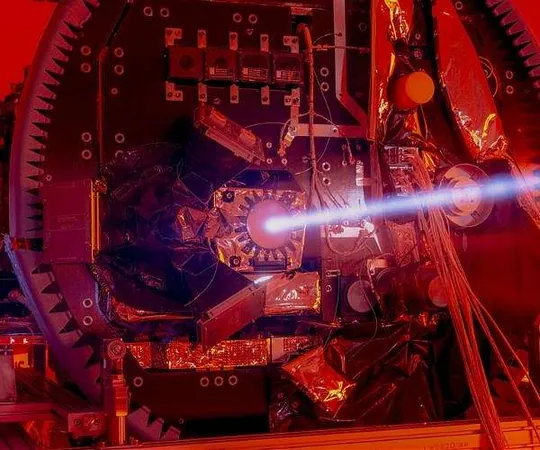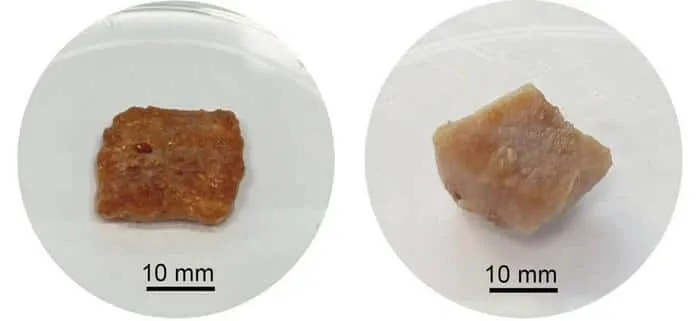
Groundbreaking Double-Spacecraft Mission to Create Artificial Solar Eclipses Set for Launch
2024-11-24
Author: Arjun
Introduction
In an exciting development for space exploration, the European Space Agency (ESA) is gearing up for the launch of its Proba-3 mission, scheduled for December 4, 2024. This innovative project aims to create artificial solar eclipses on demand through the precise coordination of two spacecraft, the Occulter and the Coronagraph, flying in tandem approximately 150 meters apart.
Significance of Proba-3
What makes Proba-3 unique is its ability to provide scientists with unprecedented opportunities to study the solar corona—the outer atmosphere of the sun—without interference from direct sunlight. The Occulter will cast a shadow exactly aligned on the Coronagraph for up to six hours, allowing researchers to observe details that are otherwise obscured by the sun's brightness.
Technological Innovations
Central to this mission's success is an advanced precision laser metrology system. During calibration tests conducted in February at Redwire Space in Belgium, lasers on the Occulter were fired towards a retroreflector on the Coronagraph. This setup offers remarkable positional accuracy down to a millimeter, ensuring that the spacecraft maintain their optimal alignment during operations. The lasers work in conjunction with other sophisticated sensors, including inter-satellite radio links, Global Navigation Satellite System receivers, and visual LED imaging, to enhance the alignment process further.
Role of Shadow Position Sensors
The mission also incorporates Shadow Position Sensors around the Coronagraph’s aperture, which play a critical role in keeping the Occulter's shadow correctly positioned. This precision is essential for capturing high-quality solar observations necessary for scientific study, particularly as this is the first time such technology will be employed for solar observation.
International Collaboration
Proba-3 exemplifies international cooperation, engaging 29 companies across 14 countries, with Spain's SENER leading the effort. The spacecraft platforms were fabricated by Airbus Defence and Space in Spain, while integration was conducted by Redwire in Belgium, with vital contributions from GMV for the formation flying subsystems and Belgium's CSL providing the primary coronagraph instrument.
Launch Details
The Proba-3 mission will launch aboard an Indian PSLV-XL rocket as part of the initiative by the Indian Space Research Organisation (ISRO). As the countdown proceeds, space enthusiasts and scientists alike can track the mission's updates and progress through the Proba-3 blog.
Conclusion
Stay tuned as we embark on this fascinating journey into our solar system, promising discoveries that could reshape our understanding of solar dynamics!




 Brasil (PT)
Brasil (PT)
 Canada (EN)
Canada (EN)
 Chile (ES)
Chile (ES)
 España (ES)
España (ES)
 France (FR)
France (FR)
 Hong Kong (EN)
Hong Kong (EN)
 Italia (IT)
Italia (IT)
 日本 (JA)
日本 (JA)
 Magyarország (HU)
Magyarország (HU)
 Norge (NO)
Norge (NO)
 Polska (PL)
Polska (PL)
 Schweiz (DE)
Schweiz (DE)
 Singapore (EN)
Singapore (EN)
 Sverige (SV)
Sverige (SV)
 Suomi (FI)
Suomi (FI)
 Türkiye (TR)
Türkiye (TR)